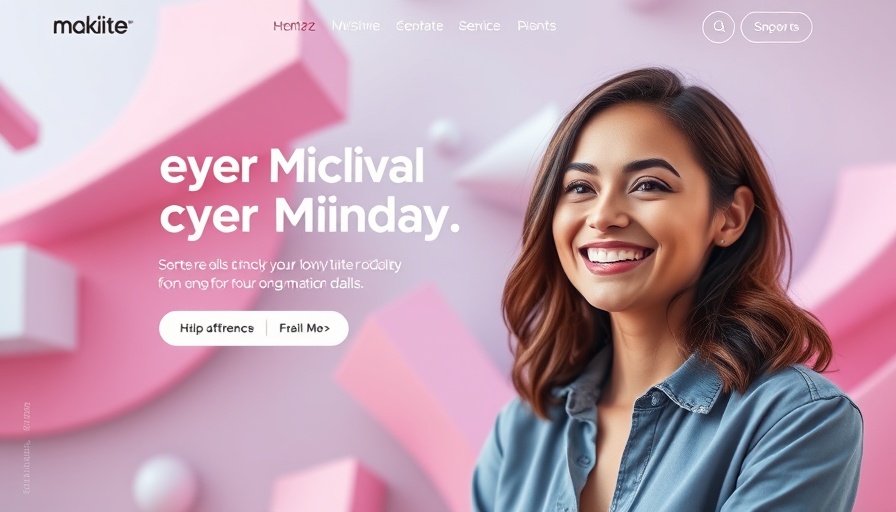
The Rise of AI in Video Creation
As we edge closer to 2025, the landscape of video creation is set for a transformative shift, greatly influenced by AI technologies. The fusion of image-to-video tools represents a frontier of innovation in content creation, providing creators with new avenues for storytelling. This trend is not merely about automation; it's a quest to enhance creativity, reduce production time, and democratize video production for diverse audiences including content marketers, solopreneurs, educators, and faceless YouTubers.
Five Image-To-Video AI Tools That Stand Out
1. **Wondershare Filmora** - This intuitive platform integrates image-to-video capabilities, enabling users to seamlessly convert static images into captivating videos, complete with music and transitions. It's designed for creators seeking user-friendly solutions without compromising on quality.
2. **Pictory** - Renowned for its AI-powered script-to-video functionality, Pictory allows users to upload images and automatically generate engaging video content. It's particularly beneficial for marketers looking to produce compelling promotional videos quickly.
3. **Invideo** - A versatile tool that caters to both beginners and professionals, InVideo allows users to create videos from images using a variety of templates. Its extensive media library empowers solopreneurs to enhance their video content without the need for extensive resources.
4. **DeepBrain** - Utilizing deepfake technology, DeepBrain transforms images into realistic videos. This AI tool excels in creating lifelike avatars and spokesperson videos, a major advantage for educators and corporate trainers aiming for interactive video content.
5. **Synthesia** - With an AI-driven approach, Synthesia enables users to convert text and images to video in multiple languages. It’s an ideal solution for global businesses wanting to communicate effectively across diverse markets.
The Practical Implications of Image-to-Video AI Tools
The rise of these AI tools reflects a broader trend towards efficiency in content production. For content marketers, these image-to-video solutions streamline workflows, reducing the time spent on video production from days to hours. This efficiency allows professionals to focus on strategy and messaging rather than the mechanics of video editing.
Addressing Concerns: The Balance of Creativity and Automation
While the benefits of AI tools are evident, concerns regarding authenticity and viewer engagement remain. The use of deepfake technology, in particular, raises ethical questions. Marketers must navigate these complexities, ensuring that the content is both engaging and trustworthy.
Future Predictions: What to Expect in the AI Video Landscape
Looking ahead, advancements in AI video tools are poised to integrate even more advanced features, such as augmented reality and personalized content delivery. As AI continues to evolve, so too will the expectations of viewers, who will increasingly seek customized and interactive experiences.
Final Thoughts: Embracing AI in Video Creation
For those in the field of video production, embracing AI tools is not merely a trend; it’s becoming a necessity. The tools discussed here represent just a fraction of what’s available in the rapidly changing video landscape. As these technologies mature, early adopters will be much better positioned for success in a marketplace that values innovation and responsiveness.
To stay ahead, creators, marketers, and educators should explore these image-to-video AI tools, experiment with their capabilities, and push the boundaries of what’s possible in video production.
 Add Row
Add Row  Add
Add 




Write A Comment